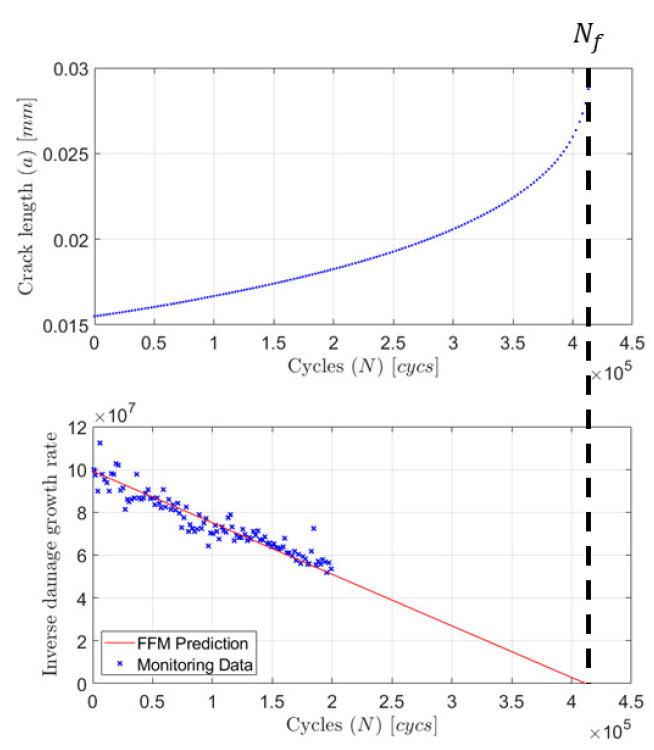Structural Health Monitoring of Fatigue Damage
Fatigue is a damage mechanism of significant concern across a range of engineering applications. Conventionally, non-destructive techniques are used to periodically inspect engineering components to ensure no critical fatigue damage is present, which in turn guarantees its structural health for a period of time based on predictions from defect growth models.
Recently, there is a growing interest in the use of permanently-installed sensors to monitor for fatigue damage due to its ability to collect frequent, in situ measurements. This has the potential of providing better knowledge on the actual state of the monitored component and thus provide better estimates in remnant useful life.
This project seeks to evaluate the feasibility of using permanently-installed sensors to monitor for the initiation and propagation of fatigue cracks. Strategies such as the use of the Failure Forecast Method are proposed to benefit from the frequent measurements obtained from the permanently-installed sensor to provide better remnant life predictions. Probabilistic frameworks for evaluating and quantifying the efficacy of using permanently-installed sensors for fatigue damage detection are also being developed.



